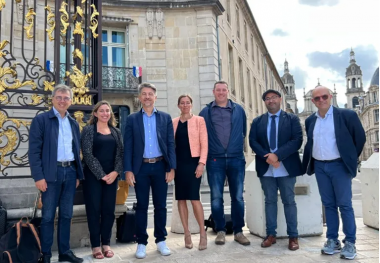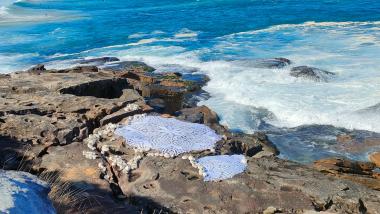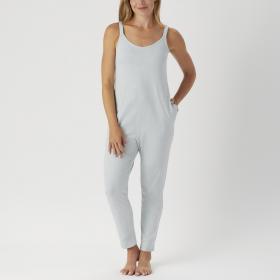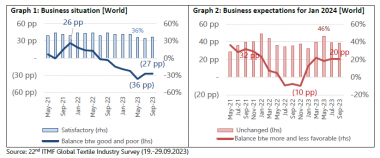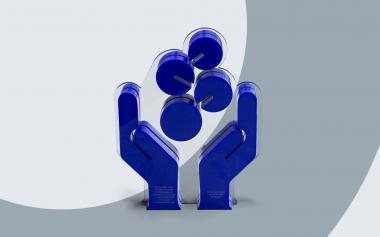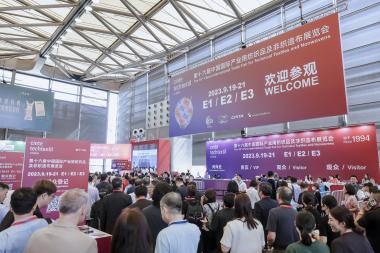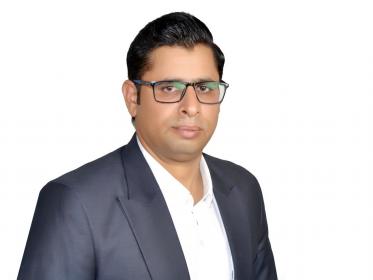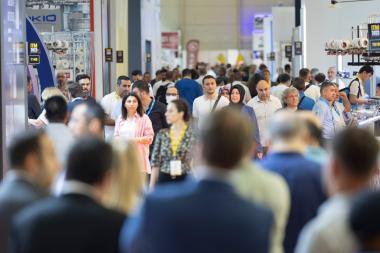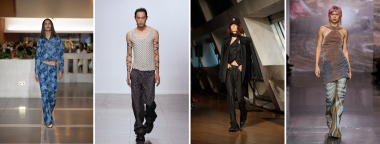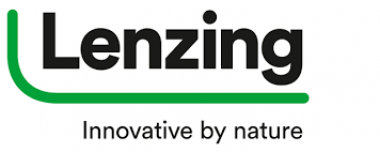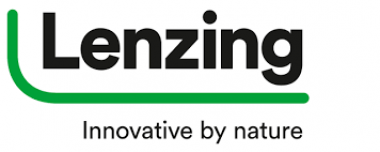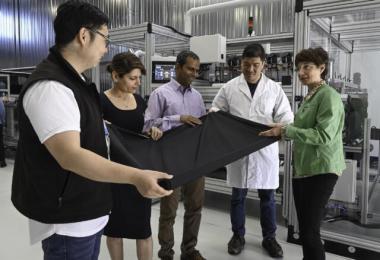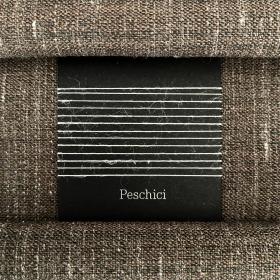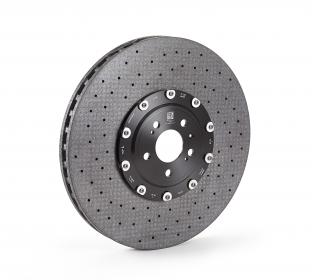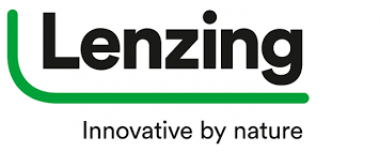Carbios: Building and operating permits for world’s first PET biorecycling plant
Carbios has been granted the building permit and operating authorization for the world’s first PET[1] biorecycling plant, allowing construction to start. The plant will be built in Longlaville in the Grand-Est Region on a 13.7-hectare site adjacent to the existing PET production plant of Indorama Ventures, its strategic partner.
This state-of-the-art facility, scheduled for commissioning in 2025, will play a crucial role in the fight against plastic pollution by providing an industrial-scale enzymatic recycling solution for PET waste. Carbios’ technology enables PET circularity and offers an alternative raw material to virgin fossil-based monomers, allowing PET producers, chemical companies, waste management firms, public entities, and brands to have an effective solution to meet regulatory requirements and fulfill their sustainability commitments. The plant will have a processing capacity of 50,000 tons of post-consumer PET waste per year (mostly waste that is non-recyclable mechanically, equivalent to 2 billion colored PET bottles or 2.5 billion PET food trays) and will generate 150 direct and indirect jobs in the region.
The plant will be built on a 13.7-hectare site acquired by Carbios on Indorama Ventures’ existing PET plant site without suspensive conditions. The land area gives the possibility to double the facility’s capacity.
A plant designed to minimize its carbon footprint
The plant is designed to maximize circularity, with high-quality output products, and minimize its environmental footprint, especially with regards to energy consumption. Optimizations are underway to further increase the recycling of water required for the process.
Located near the borders with Belgium, Germany, and Luxembourg, the plant’s location is strategic for nearby waste supply. Moreover, Carbios’ biorecycling technology can process complex waste that conventional technologies cannot recycle and produce food-grade products, enhancing the plant’s flexibility for waste supply. Carbios and Indorama Ventures will collaborate to ensure the feedstock supply of the Longlaville plant, located in a geographical area where the supply potential could reach 400,000 tons in 2023, and up to 500,000 tons in 2030 with improved selective collection.
Carbios has already secured an initial supply source by winning part of the CITEO tender for the biorecycling of multilayer food trays. The consortium composed of Carbios, Wellman (a subsidiary of Indorama Ventures), and Valorplast has been selected to handle 30% of the tonnage proposed by CITEO. Carbios will handle the portion of the flow consisting of multilayer food trays at its Longlaville plant starting in 2025.
Plant funding secured
In July 2023, Carbios successfully completed its capital increase for approximately €141 million, the largest capital increase on Euronext Growth since 2015. This amount is mainly intended to finance the construction of this plant, for which the total investment is estimated at around €230 million. The portion of the investment not funded by the proceeds from the July 2023 capital increase is expected to be covered by Indorama Ventures, which plans to mobilize approximately €110 million for this project, French state subsidies of €30 million, and €12.5 million from the Grand-Est Region, as well as a portion of Carbios Group’s available cash, which amounted to €78 million as of 30 June 2023.
Carbios


